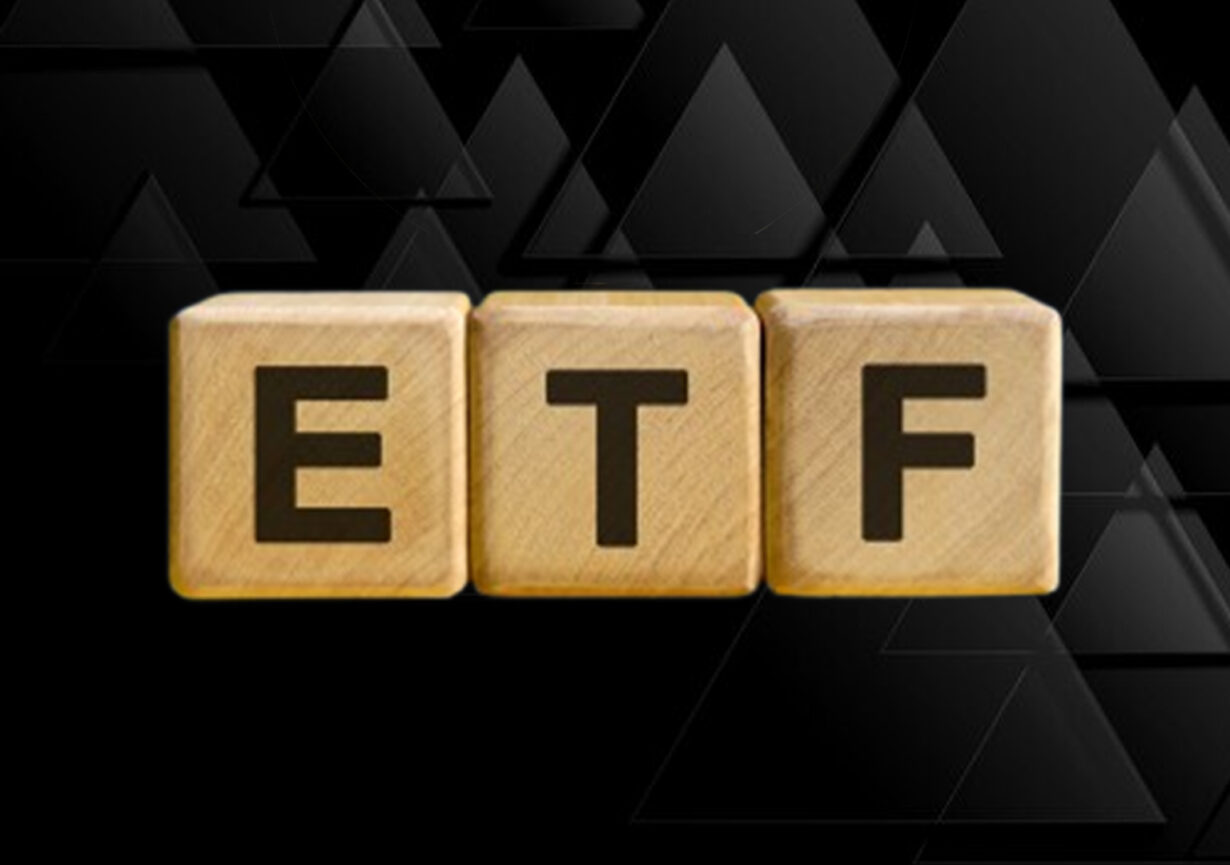- Within the realm of placing money, exchange trade has recorded incredible development.
- These investments are regularly lauded as having specific features.
Exchange-traded funds (ETFs) have been rising to the spotlight as diverse instruments for funding in the continually shifting landscape of spending. These financial instruments provide an innovative mix of supply, diversification, and inflexibility, allowing investors to easily navigate the complicated fiscal geography.
However, ETFs, like every other kind of investment tool, have benefits and pitfalls. In the following section, we look at the subject of ETFs, their prominent advantages, and whatever fundamental drawbacks they have, shedding illumination regarding the way such investments are shifting the way investors regard managing their assets and diversification in their portfolios.
Understanding ETFs: What Are They?
Exchange-traded funds (ETFs) are basically investment funds traded on stock exchanges, making them accessible to anyone with a brokerage account. Unlike traditional collective finances, which are priced at the end of the trading day, ETFs can be bought and vented throughout the trading day at requested prices. The primary purpose of an ETF is to track the performance of a specific indicator, commodity, bond, or a different basket of means. This makes them an effective way for investors to diversify their portfolios without the hassle of copping each beginning asset collectively
The Pros of Investing in ETFs
Diversification Simplified: Diversification is the foundation of prudent investing. ETFs make diversifying your portfolio easier than ever. By investing in a single ETF, you gain exposure to a broad array of means, reducing the threat associated with individual stocks.
Liquidity at Your Fingertips: ETFs are traded on stock exchanges, which means they can be bought or vented throughout the trading day at requested prices. This liquidity provides investors with flexibility in managing their portfolios.
Translucency in Action: ETFs adhere to a high position of translucency. They expose their effects on a daily basis, allowing investors to see exactly which means are included in the fund. This transparency empowers investors to form informed opinions about their investments.
The Cons of Investing in ETFs
Intraday Volatility: While the capability to trade ETFs throughout the day can be profitable, it can also introduce increased volatility. Prices of ETFs can change within a single trading session, potentially leading to unanticipated price movements.
Tracking Error Realities: ETFs aim to replicate the performance of a specific indicator or standard. Still, they might not always achieve a perfect match due to factors such as fees and trading spreads.
Lack of active operation: ETFs are passively managed, meaning they aim to mimic the performance of an indicator rather than laboriously seeking to outperform the request.
The Last Passage
Finally, wrapped cryptocurrencies provide a captivating bundle of extra benefits that might boost the digital asset trading journey. This guarantees faultless exchange amongst blockchain networks, facilitating people to vary how they influence and depend on the talents of several networks.
Wrapped tokens jointly offer the capacity for liquidity or capabilities that were before limited to certain blockchains. When entering the arena of crypto trading, it is important to understand the principles and pick out trustworthy web pages for financial transactions. Wrapped tokens will likely assume a decreasingly critical role in facilitating cross-chain sales and expanding the marketplace.


Leave a Reply